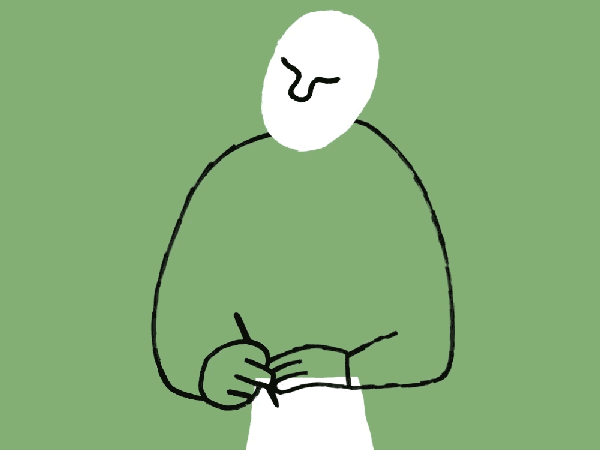| Some people say their thought takes place in images, some in words. But our mental processes are more mysterious than we realize.  Illustration by Miguel Porlan What are you thinking? What’s on your mind at this moment? These are the common—yet often unanswerable—questions we ask ourselves and one another, and which Joshua Rothman investigates in a fascinating piece in this week’s issue. In trying to understand our inner voices through psychology and philosophy, he begins his essay, humorously, “I was nineteen, maybe twenty, when I realized I was empty-headed.” He looks at numerous studies from the past few decades, and considers a recent book by the animal behaviorist Temple Grandin, who has the ability to remember and conjure complex and detailed images—including from her childhood, complete with “three-dimensional pictures and videos.” Grandin suggests that people can be distinguished by whether their ideas take on verbal or visual forms, while other experts contend that we’ll never truly be able to describe our own thoughts. Rothman’s essay asks, “How different do our minds really make us? And what should we make of our differences?” It is an examination of how mystifying and malleable the stories we tell about our minds—and ourselves—can be. —Jessie Li, newsletter editor Support The New Yorker’s award-winning journalism. Subscribe today » |
No comments:
Post a Comment